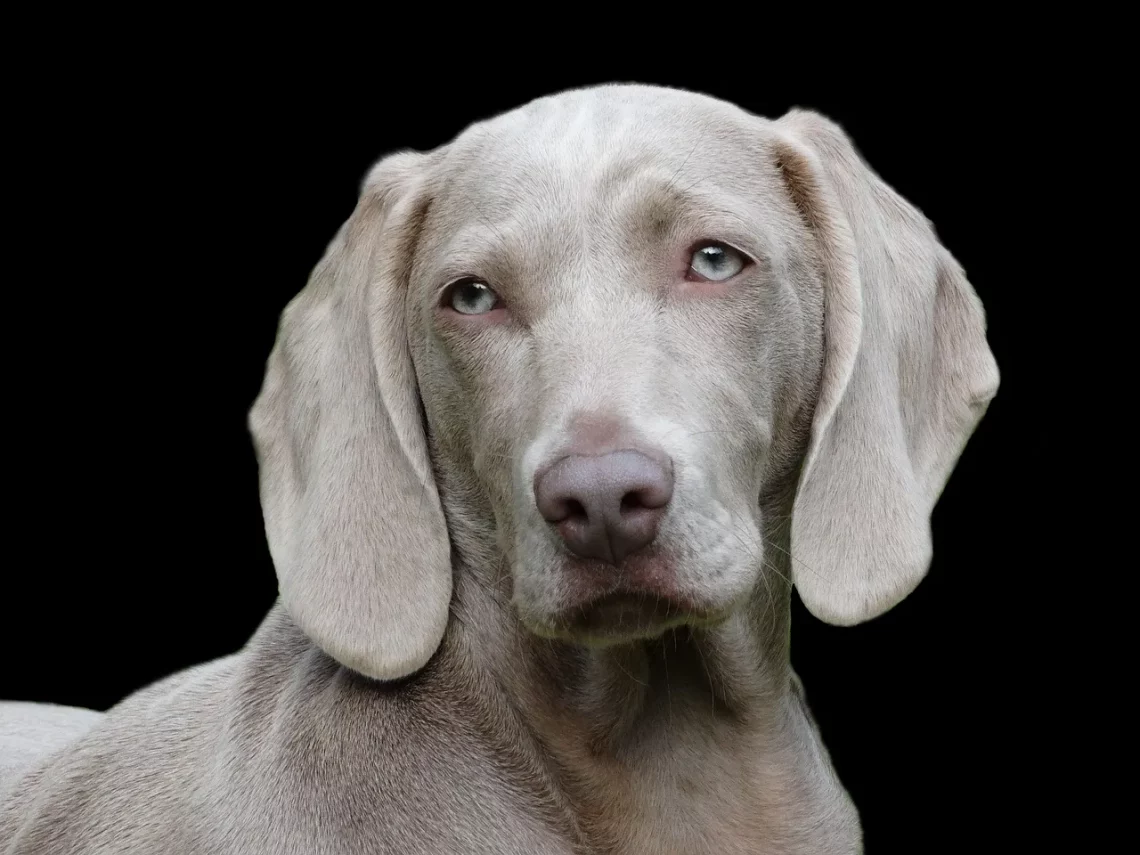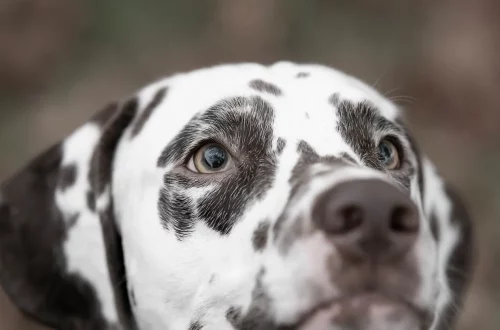
Understanding Why Your Old Dog Is Drinking Excessive Water
As our beloved canine companions age, we often observe a range of changes in their behavior and health. One of the most noticeable shifts can be an increase in thirst, leading to excessive drinking. This phenomenon can be concerning for pet owners, as it may indicate underlying health issues. Dogs, like humans, have unique hydration needs that can fluctuate due to various factors including age, activity level, and overall health.
Understanding the reasons behind an old dog’s increased thirst is essential for any pet owner. It not only helps in managing their daily care but also ensures that you can provide the best possible quality of life for your furry friend. While many may assume that increased water intake is simply a consequence of aging, it’s vital to delve deeper into the potential causes. This exploration can shed light on whether this behavior is a natural part of their aging process or a sign of something more serious.
By being proactive and informed, you can better advocate for your dog’s health and make decisions that will enhance their well-being as they navigate their golden years. Let’s take a closer look at the various factors that can contribute to excessive drinking in older dogs and how to address them effectively.
Understanding Normal Hydration Needs
To fully grasp why an older dog might be drinking more water than usual, it’s crucial to understand what constitutes normal hydration requirements. Generally, a healthy dog requires about one ounce of water per pound of body weight per day. This means that a 50-pound dog would typically need around 50 ounces of water daily. However, several factors can influence these needs, including temperature, activity level, diet, and health status.
In warmer weather or during more active periods, dogs may naturally drink more water to stay hydrated. Additionally, certain diets can also play a significant role. Dogs consuming dry kibble may need more water compared to those on a wet food diet, which contains a higher moisture content.
As dogs age, their bodies undergo various changes that can affect how they manage hydration. Older dogs may experience decreased kidney function, which can lead to a reduced ability to concentrate urine. This can result in increased water consumption, as their bodies attempt to compensate for the inefficiencies in waste removal.
Moreover, senior dogs may not be as active, yet they still need to maintain proper hydration levels. It is essential for pet owners to monitor their dog’s water intake and observe any significant changes over time. Keeping track of how much water your dog consumes and noting any other behavioral changes can be crucial in identifying potential health issues.
Potential Health Issues Linked to Excessive Thirst
Increased thirst in older dogs can be symptomatic of several underlying health problems. One of the most common conditions associated with excessive drinking is diabetes mellitus. This condition occurs when a dog’s body cannot produce enough insulin or cannot use insulin effectively, leading to elevated blood sugar levels. Increased thirst and urination are classic signs of diabetes in dogs.
Another potential issue is chronic kidney disease (CKD), which is prevalent among older dogs. As the kidneys lose their ability to function effectively, they may struggle to concentrate urine, prompting the dog to drink more water to dilute the waste products in their system.
Cushing’s disease, or hyperadrenocorticism, is another condition that can manifest through increased thirst. This disorder is caused by an overproduction of cortisol, a hormone that can lead to various metabolic changes, including increased urination and thirst.
Infections, particularly urinary tract infections (UTIs), can also lead to excessive drinking. When a dog is suffering from a UTI, they may feel the need to urinate frequently, leading to increased water consumption as they attempt to flush out the infection.
It’s important to note that behavioral changes can also play a role in increased thirst. Stress, anxiety, or changes in routine can lead some dogs to drink more water as a coping mechanism. Identifying the root cause of excessive thirst is crucial in determining the appropriate course of action.
Evaluating Your Dog’s Drinking Habits
If you notice that your older dog is drinking more water than usual, it’s essential to evaluate their drinking habits carefully. Start by measuring the amount of water they consume daily. Keep a record for several days to identify any patterns or significant changes. This will provide valuable information for your veterinarian during examinations.
Observe your dog’s other behaviors and physical symptoms. Are they urinating more frequently or having accidents indoors? Have you noticed changes in their appetite, weight, or energy levels? Any accompanying symptoms can help narrow down potential causes for their increased thirst.
Consider environmental factors as well. Has there been a recent change in temperature or humidity? Is your dog spending more time outdoors? Sometimes, external conditions can lead to increased water intake.
Additionally, review your dog’s diet. If you’ve recently switched to a new food, it may contain different moisture levels or ingredients that could affect hydration needs. If you suspect dietary changes are the culprit, consult with your veterinarian about the best options for your dog’s specific needs.
Regular veterinary check-ups are crucial for older dogs, especially when changes in behavior occur. Your vet can perform necessary tests to rule out or diagnose any health conditions that may be contributing to your dog’s excessive thirst.
When to Seek Veterinary Assistance
While monitoring your dog’s water intake and behavior is essential, knowing when to seek veterinary help is equally critical. If your old dog suddenly increases their water consumption significantly, it warrants immediate attention. Prompt veterinary consultation can help diagnose potential health issues before they escalate.
Look for other signs of distress or illness, such as lethargy, vomiting, diarrhea, or sudden weight loss. If your dog exhibits any of these symptoms alongside increased thirst, don’t delay in contacting your veterinarian.
A thorough examination may include blood tests, urinalysis, and imaging to assess kidney function, blood sugar levels, and overall health. Early detection of conditions like diabetes or kidney disease can lead to more effective management and treatment options.
Don’t hesitate to bring up any concerns with your veterinarian, even if they seem minor. Your insights about changes in your dog’s drinking habits can provide critical information that aids in their diagnosis and treatment plan.
As a pet owner, your dog’s health and well-being should always be a priority. Understanding the nuances of their hydration needs and recognizing when to seek help can make all the difference in ensuring a happy, healthy life for your furry friend.
**Disclaimer: This article is for informational purposes only and is not intended as medical advice. Always consult your veterinarian for any health concerns regarding your pet.**




